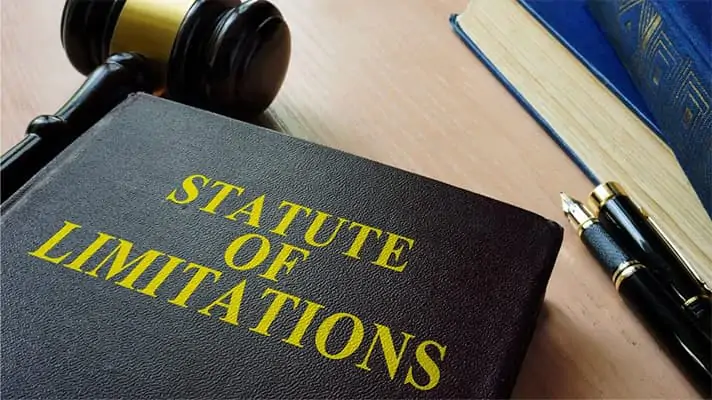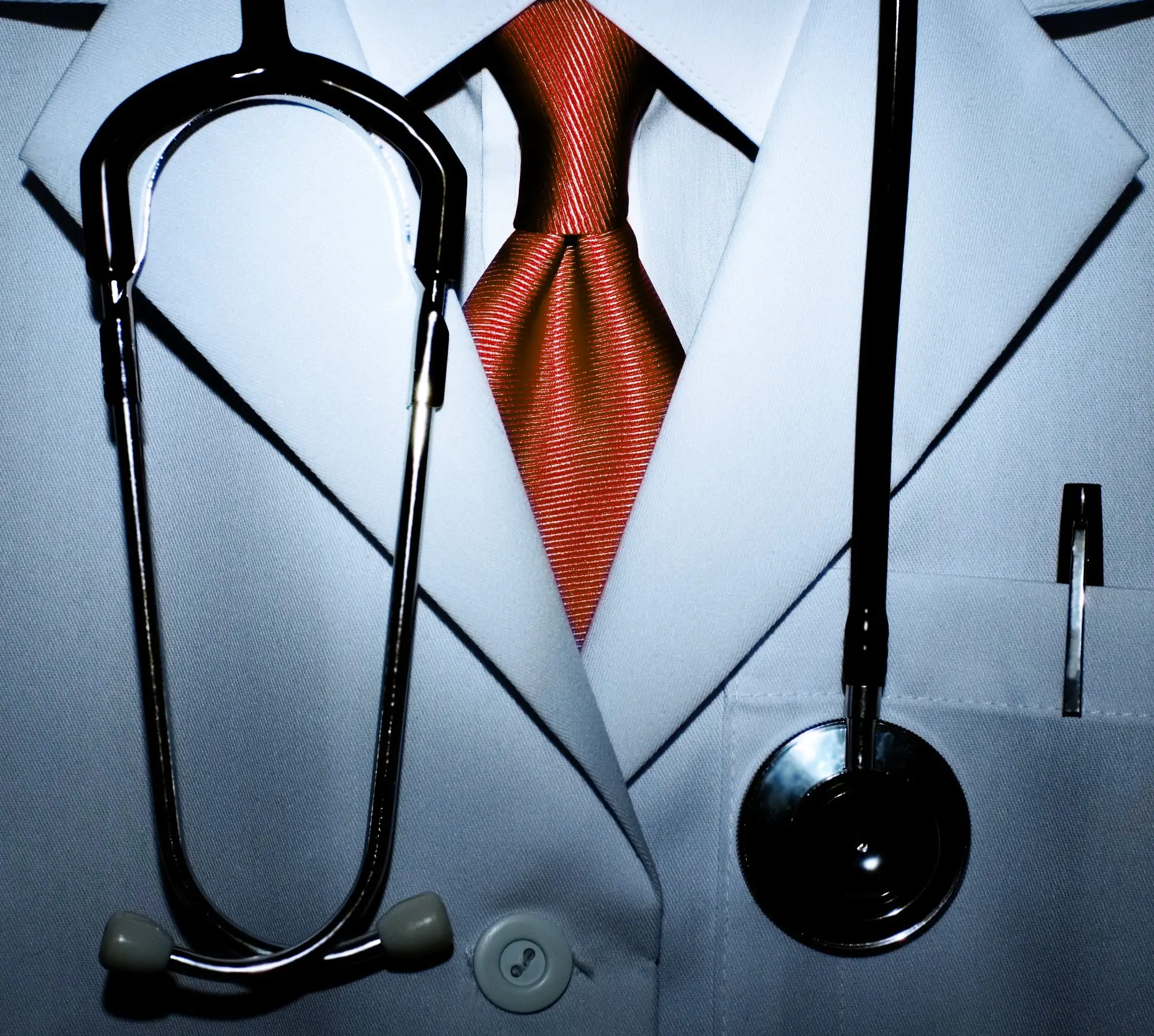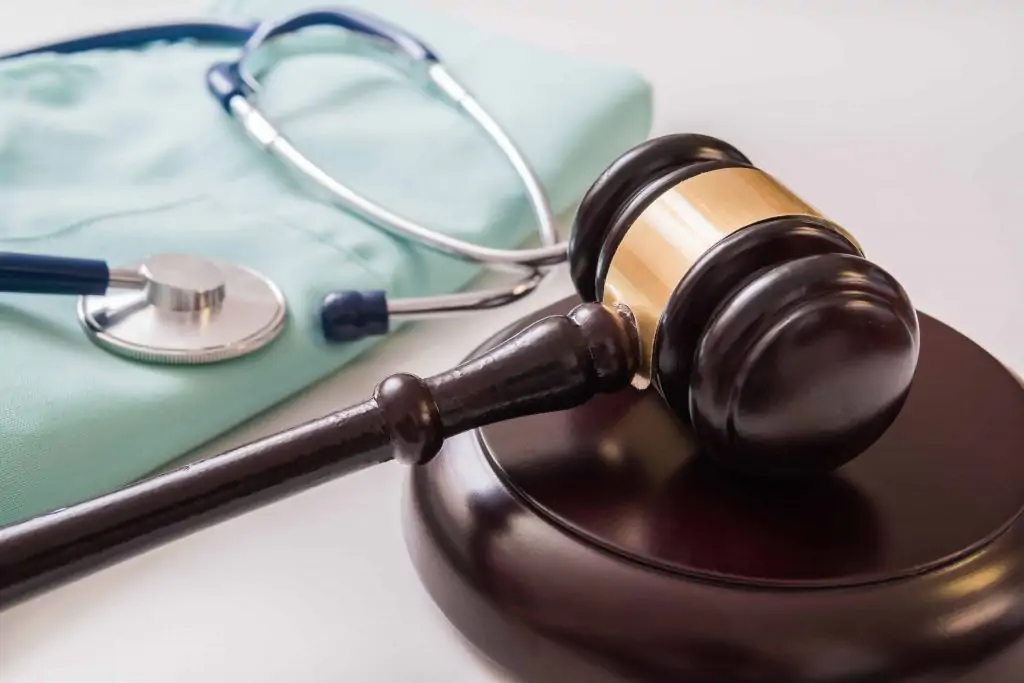Medical malpractice attorneys represent clients that are injured or fall ill due to healthcare professional negligence. Medical malpractice defines instances where a medical provider violates a “standard of care” which results in injury or harm to a patient.
Standard of care is defined as a “general beneficent and benevolent level of care than any healthcare professional should administer to their patients.” This care can vary from condition to condition.
Who is at Fault In a Medical Malpractice Accident?
Because every medical malpractice case is unique, there is no clear-cut way to answer who will be held responsible for malpractice without an investigation. However, the following types of healthcare professionals may be held accountable if they fail to provide adequate treatment, resulting in further injury or illness:
Surgeons
Nurses
Hospital staff
Nursing home staff
Nurse practitioners
Examples of Negligence in Medical Malpractice
The term “medical malpractice” refers to when a certified and legal medical provider fails to uphold a “standard of care,” resulting in harm to the patient.
Some of the most common examples of medical malpractice in New York include:
- Delayed diagnosis or misdiagnosis
- Incorrect prescription and/or treatment
- Surgical errors (ie. leaving foreign objects in the body, etc.)
- Misreading or ignoring laboratory results
- Performing unnecessary surgery
- Disregarding a patient’s medical history
- Prescribing defective medication
- Hospital liability (ie. improper emergency room care, failure to have qualified medical personnel on call)
- Nursing home malpractice
- Chiropractic malpractice
Winning Medical Malpractice Attorneys on Your Side

Statute of Limitations for Medical Malpractice
One of the areas medical malpractice law varies from state to state is on the statute of limitations. Each state sets its own time limits on how long a patient can wait before filing a claim. For example, in New York, you have up to two-and-a-half years to file a medical malpractice claim.
This means that if you have a medical procedure, are seriously injured and the doctor or hospital did not provide the proper standard of care, you have only two-and-a-half years to contact a medical malpractice attorney and file a claim. There are a few exceptions such as:
- If the facility where the error occurs is state run, the statute of limitation is less, you only have 90 days to file a claim.
- If you fall under the Discovery Rule, when a foreign object was left in your body, you have one year after the object was discovered even if the surgery occurred outside the statute of limitations.
- If you were a child when the medical error occurred, under most circumstances, the time limit clock does not start running until you turn 18.
- If the medical error occurred as part of an ongoing course of treatment then the time clock doesn’t begin until the course of treatment ends.
Medical Negligence vs. Malpractice
While medical negligence is often used interchangeably with medical malpractice, they are technically different. Medical negligence is defined as “when a healthcare provider performs a service that deviates from the accepted medical standard of care.” However, medical negligence is not usually enough to form a valid medical malpractice claim.
If a healthcare provider gave you a treatment that is substandard according to what is normal for the field and injury, the doctor can be seen as “negligent.” This is not legally equivalent to receiving an injury in New York. In court, any victim suing a doctor for medical negligence will need to prove that the negligence caused injury to the patient in order to build a valid medical malpractice case.
Examples of Medical Negligence
- A doctor ignoring a patient’s testimony
- Giving a little too much or too little medicine
- Being late for an appointment
Note that none of these necessarily lead to a patient injury, although they could under certain circumstances. Thus, victims wishing to pursue a medical negligence malpractice case will want to hire a good New York medical malpractice lawyer.
Examples of Malpractice
- Deliberately avoiding giving a patient needed medicine
- Making a harmful mistake during surgery
- Failing to take patient comfort into account
- Being rough or cruel in the middle of a medical procedure
- Misreading or ignoring laboratory results
- Performing unnecessary surgery
- Disregarding a patient’s history
- Prescribing of defective medication
Common Injuries & Illnesses Caused by Medical Malpractice
Examples of injuries caused by medical malpractice include, but are not limited to:
- Anesthesia-related injuries (improper intubation / oxygenation)
- Birth & obstetrical injuries (Including children’s erb’s palsy, brachial plexus injuries, and cesarean section injuries
- Cardiac injuries (ie. cases where symptoms were not taken seriously or properly monitored by doctors due to the rarity of a heart attack happening within certain age groups)
- Over-radiation injuries for benign tumors
- Transplant of non-compatible organ
- Maternal deaths from birth
- Neurological injuries such as strokes
- Vision loss or blindness after NON-eye surgery
Call an expert medical malpractice lawyer in your area for a free consultation, and ask if your injuries or symptoms make you eligible to file a claim.
Proving Medical Malpractice Occurred
Filing a medical malpractice lawsuit can be complex. There are two primary issues you need to prove and both are equally important:
- You need to prove that a malpractice-level mistake happened. You will need to prove that the error was outside “the standard of care.” Which means, if you were injured and the healthcare professional did not perform the generally accepted method of care for your condition taking into consideration factors such as your age, you may have a case.
- Prove that some type of serious injury was caused by the mistake. Not only do you have to show that a doctor or hospital staff member breached the standard of care, you also have to prove that this error directly caused your injury.
Can You Sue for Malpractice if You Sign a Waiver?
Yes, you can sue for medical malpractice (ie. a surgical error) even if you signed a waiver before treatment. But because determining whether the injury was covered under the terminology of a waiver, and because proving malpractice cases requires in-depth investigations, assistance from experienced medical malpractice lawyers is crucial before doing so.
Some doctors and medical offices will create waivers with very strict but explicit language designed to prevent patients from suing them, even for actions that would reasonably fall under medical malpractice. A medical malpractice attorney can help simplify the language in these waivers to better a victim’s understanding of the terms and help determine the value of their case.
How Medical Malpractice Attorneys Can Help
Filing a medical malpractice suit can be an overwhelming and time-consuming process. The strict burden of proof and the time limits set make it important to contact an experienced attorney.
If you or a loved one has experienced a serious injury at the hands of a doctor or a member of a hospital staff, the medical malpractice lawyers at Sobo & Sobo can help by proving negligence on behalf of the medical professional(s) involved, keeping you updated throughout the process, and maximizing your settlement for all related damages, pain and suffering.
Contact a Medical Malpractice Attorney
If you or someone you know has been injured or is experiencing worse symptoms of illness due to medical malpractice and are seeking compensation, call 855-GOT-SOBO for a free consultation with an experienced medical malpractice attorney today.
Have You Been
Injured?

The very first thing you should do is seek treatment by a medical professional, and be sure mention all the areas of pain or injury. Second: call Sobo & Sobo to secure your rights.

You likely have a personal injury if: (1) you were in an accident that was not entirely your fault, and (2) you sustained an injury from the accident.

The Sobo & Sobo “No Fee Guarantee” puts in writing that there is never a charge unless the firm, wins money for the client.

No-Fault refers to the legal system that requires the insurance company for the vehicle that you are occupying to pay for certain benefits such as medical bills and lost wages, regardless of who caused the accident. New York, for example, has a no-fault law that requires the insurance company for the vehicle you occupy to pay benefits even if that vehicle did not cause the accident.

There are different statute of limitations in New York, and exceptions that can add additional time. While every case is different, the statute of limitations in New York for personal injury claims is three years from the date of the accident.




